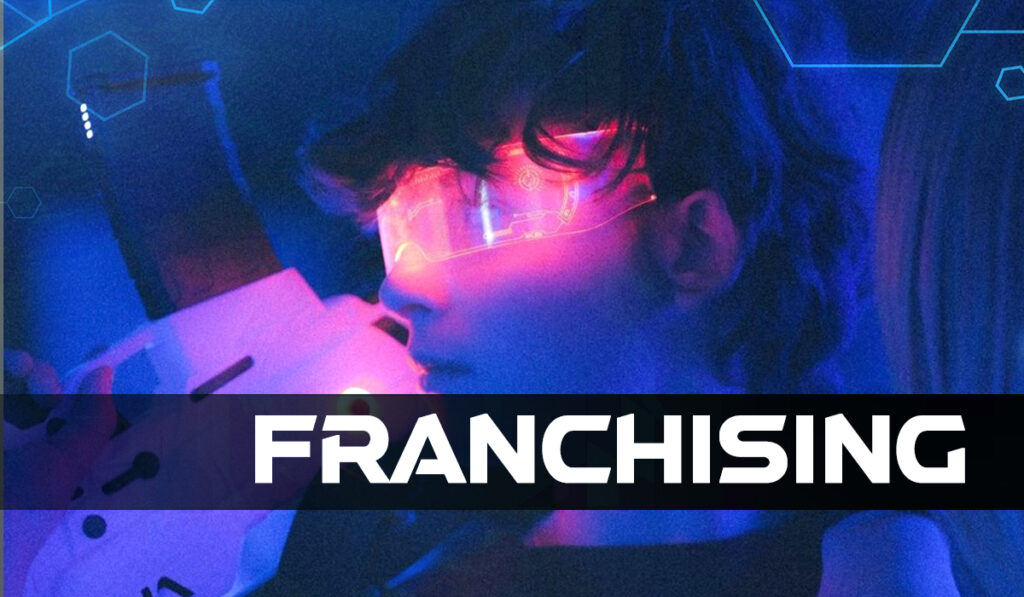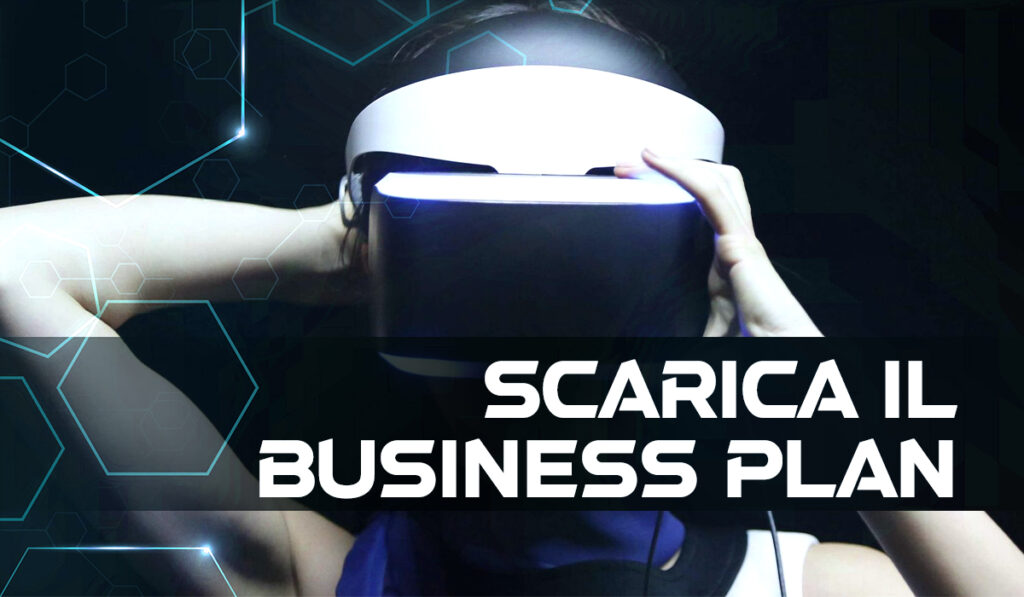We predict the future
- HOME
- We predict the future
What has been the development of VR over time?
There is no doubt that in recent times, the market has led us to countless ways of doing economy, among the many citeable cases are, for example, the “condominium supermarket,” where the hallways of apartment buildings become the set for refrigerated counters stocked daily and accessible via app; the home theater, devised these days in Palermo, where artists bring their shows and performances, almost as if they were riders, in front of homes or in courtyards, in compliance with anti Covid-19 regulations.
And in so many other similar initiatives of this time, it is possible to trace a common thread: the underlying dynamics can all be traced back to the mechanisms of the sharing and platform economy, and make technology the inhabitant of the products/services themselves, as well as a sounding board to promote them.

Here's what you'll find in this article
What have been the changes?
In practice, VR, has forced almost all business players in the marketplace to showcase or rapidly develop so-called “Digital Muscles” to come to grips with hybrid work situations and intermittent blockages, the most concrete help that is coming from the large platforms is perhaps that of training possibilities at almost no cost, and very simple interfaces in terms of usability, even for unstructured and small companies, which can thus have their own showcase on the major social networks, which are increasingly fast becoming social commerce, as is already the case in Asia. This is, for example, precisely what the Facebook Group is doing on its Facebook, Instagram and WhatsApp platforms.
Beyond the antitrust problems that Mark Zuckerberg’s social is having especially in the U.S., Facebook, with the end of 2020 approaching, has been pulling the sums of what nonetheless could be learned from this year, and forecasting 2021 trends. The analysis offered by the Facebook Team focused on three macro areas: the future of work, shopping, and creativity.
What Are the Future Expectations?
As for what concerns the future of shopping, Facebook is trying to adapt its Facebook Shop/Instagram Shopping initiative, trying to make sure that the pleasure of shopping can also be felt in online (as in the case of so-called “Window Shopping,” whereby digital storefronts must also be beautiful and functional online), and enable functions such as the “Virtual Try-On” (virtual fitting room), which is also functioning thanks to PyTorch3D, Facebook’s library/software for deep learning with 3D data. In this area, then, messaging appears to be one of the fastest growing channels for people to talk to companies.
Today, about 175 million people send messages to a WhatsApp Business account globally on a daily basis, and this number is expected to increase. In fact, in the past year, there has been a growth of more than 40 percent in total daily conversations by people and businesses on Messenger and Instagram.
Conclusions
In conclusion, 2021 will usher in with the knowledge that consumer behaviors have changed dramatically as Covid-19 has reshaped the way we live, work and buy. E-commerce mediated by social platforms is, therefore, probably the area of operation on which to focus energy for the fastest possible recovery.
Step into the future before everyone and
create your own exclusive high-yield business
share on
-
Facebook
-
Whatsapp
-
Twitter
-
Linkedin














